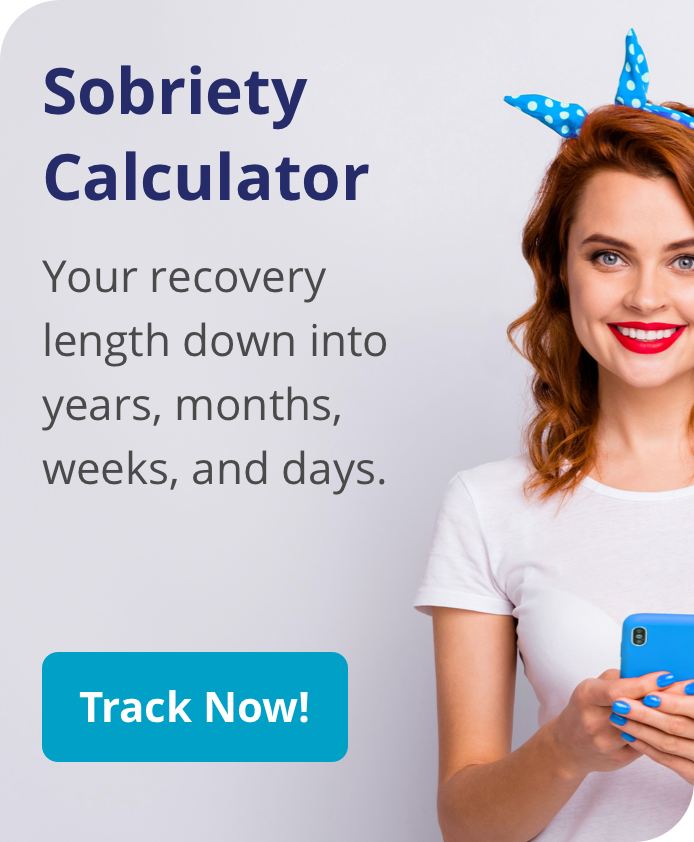When a person struggles with the symptoms of ADD, ADHD, or narcolepsy, the symptoms can make living a normal life difficult. Stimulant drugs like Adderall have been prescribed by medical professionals for more than 40 years to help those with these conditions find improved focus, mental clarity, and relief. But do any potential long-term side effects outweigh the benefits of Adderall? Understanding more about how the drug works, including both short-term and long-term side effects, is the best way to make an informed choice about Adderall use.
What Is Adderall?
Adderall is a medication used to treat attention deficit disorder (ADD or ADHD) in both children and adults. Made up of two drugs, amphetamine and dextroamphetamine, Adderall is considered a central nervous system (CNS) stimulant, because it stimulates the production of dopamine. Dopamine is the neurotransmitter responsible for feelings of pleasure and reward, which can help to regulate attention span, motivation, memory, and even body movement. Increased dopamine in the brain helps those who struggle with ADD, ADHD, and narcolepsy — an extreme tendency to fall asleep — focus their attention and repeat positive behaviors. Adderall, like other amphetamines, is highly habit-forming. Using the drugs for longer periods of time or in larger amounts than prescribed by a physician can quickly lead to addiction.
How Does Adderall Work?
It might seem counterintuitive to use a stimulant drug to control the symptoms of ADD and ADHD, but the key to how Adderall works is in what is being stimulated. Dopamine is a multi-functioning neurotransmitter that createsconnections in the brain between dopamine receptors. There are dopamine receptors for movement, vision, attention, memory, cognition, and even for vision. When the right amounts of dopamine are present in and between dopamine receptors, the ability to focus and function increases in those who struggle with ADD and ADHD. Since Adderall is a time-released drug, the proper level of dopamine is maintained throughout the day so that children can learn more effectively and adults can perform their jobs without the symptoms of the disorder getting in the way.
You or your child’s dosage of Adderall depends primarily on why the medication is needed. A child’s dose also must be adjusted as he or she grows. The lowest effective dose of Adderall is the proper amount for most people. Doctors typically begin with a 5 mg dosage and increase the amount gradually until the desired symptom control is achieved.
Adderall’s Side Effects
Like other stimulant drugs, Adderall has a variety of side effects. Adderall side effects can be mild to severe depending on the person who is using the drug. Some short-term Adderall side effects that may resolve in time include:
- Weight loss
- Stomach pain
- Headaches
- Dry mouth
- Sleep problems
Adderall can also cause more severe side effects in some users. If you or a loved one experience the following symptoms that increase rather than decrease with repeated use, it’s time to call your doctor:
- Nervousness or restlessness
- Irritability or agitation
- Dizziness
- Headache
- Fear and anxiety
- Tremor or weakness
- Blurred vision
- Insomnia
- Dry mouth or bad taste in the mouth
- Diarrhea or constipation
- Stomach pain
- Nausea or vomiting
- Fever
- Hair loss
- Appetite loss and weight loss
- Increased blood pressure
- Increased heart rate
- Heart palpitations
Long-Term Adderall Side Effects
For most people struggling with the symptoms of ADHD or narcolepsy, stimulant drugs are a necessary part of daily life. That also means those who use the drugs often do so for many years. According to a controlled study called the MTA (Multi-Modal Treatment Study of ADHD), which looked at 600 children in the late 1990s, children receiving Adderall had their ADHD symptoms significantly reduced compared to children who were giving behavioral therapy only. Other studies that followed up with children who took the medication in the 1970s more than 30 years later reported no negative health or functionality side effects.
Need More Information?
Start Your Journey - We are here to help
Although it’s difficult to get a completely accurate picture due to the numbers of people who currently take or have taken Adderall over the years, those who have an accurate diagnosis and take the drug under a doctor’s supervision in available studies show no long-term side effects from the drug. That means children who begin taking Adderall at a young age and have the medication adjusted to accommodate for growth and a change in symptom control can safely use the medication without any known long-term complications for as long as it remains effective.
Adderall and Addiction
It’s important to remember that Adderall is a highly habit-forming drug. The key to preventing addiction to the substance is to use the drug only as prescribed. Because so many young people have taken the drug from very early ages, many see it as a safe way to help them focus, relax, or even get high. That is why Adderall and other stimulants are popular “study drugs” on college campuses, and students often sell their own medications to others due to the false sense of safety surrounding the drug. Using larger amounts of Adderall than prescribed and combining it with other drugs like alcohol can be dangerous and deadly. Taking Adderall only as prescribed under a doctor’s supervision is the only safe way to use the drug.




